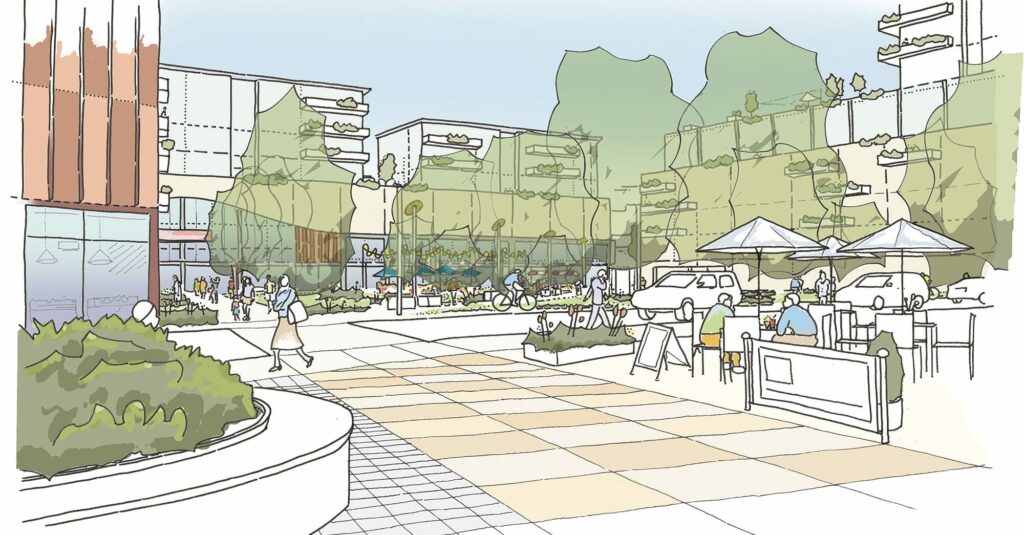The report out this week indicating that the impact of climate change on many of New Zealand’s coastal urban areas is likely to be more rapid than predicted is a timely reminder we need to think and plan our “built environments” differently into the future.
The adoption of “sustainability features” into the design of buildings and workplaces is not new, but it is increasingly taking on more importance with the looming threat of climate change. Making our built environments more sustainable, energy efficient and more occupant friendly is one way to help offset this risk.
Increasingly, projects we are involved with across asset types, sectors and regions involve the client and development partners thinking about how best to incorporate practical and cost-effective sustainability and health and wellbeing initiatives. To ensure we can provide the best advice and connect clients with the right people, we regularly reach out to experts to expand our knowledge to the level where we can explain environmentally sustainability initiatives and processes to our clients when exploring building/premises options.
Traversing sustainability in property with a strategic lens
Our role is very much to traverse the subject of sustainability in property with a strategic lens, then connect our clients to subject matter experts to integrate fit for purpose solutions into their projects.
Such experts include Hayley Koerbin, Associate Director and Sustainability – New Zealand Lead, Norman Disney & Young (NDY), who recently presented to the TwentyTwo Tribe on ‘Sustainability Opportunities for Commercial Real Estate’.
Hayley’s knowledge covers sustainable building design, analysis of building environmental quality, sustainability rating tools and occupant health and wellbeing, and has particular expertise in Green Star and the WELL Building Standard.
Hayley’s presentation included benchmarking opportunities, carbon zero, the value of better buildings, uptake and project examples.
In terms of benchmarking and comparing the various third-party/validated sustainability certifications available – Green Star, WELL, NABERSNZ etc – Hayley highlighted how the different tools have different purposes, as well as working in alignment with each other. “Independent certification does provide a level of rigour to a project and ensures that sustainability initiatives are maintained throughout design and construction and then also into operations” she says.
She emphasised that since 1 April this year, new non-residential government buildings with a capital value over $25 million will have to meet a minimum Green Star rating of 5 star, and from 1 April next year will apply to government buildings with a capital value over $9 million.
Requiring all new non-residential government buildings in NZ to be climate friendly is part of a plan for a carbon neutral public sector by 2025.
MBIE’s Building for Climate Change programme is also contributing to New Zealand’s climate change goal of net zero carbon by 2050. The programme aims to reduce emissions from constructing and operating buildings and ensure buildings are prepared for the future effects of climate change.
Carbon neutral vs net zero
Hayley highlighted the fundamental differences between carbon neutral – balancing greenhouse gas emissions by offsetting or removing them from the atmosphere – and net zero – reducing greenhouse gas emissions with the goal of balancing the emissions produced and compensating residual emissions with greenhouse gas removals.
TwentyTwo’s David Lambie says, “We are seeing a number of clients who are looking to embrace sustainability initiatives in their property projects as a priority. Our team continues to expand its understanding and knowledge of the tools and processes available so we can provide the outline of what is possible during the feasibility stages. We then connect our clients with experts like Hayley who provides bespoke consulting to successfully deliver the sustainability initiatives adopted.”
As a practice, TwentyTwo led the development of and need for a Building Performance Specification (BPS) nearly 20 years ago, with sustainability as a core component. As we have seen with, for example, seismic resilience, occupancy comfort and BCP planning, the thinking and technology for building design and specification continues to evolve. New initiatives in sustainability to reduce emissions and help reduce climate change are just part of that ongoing evolution as buildings become increasingly more sophisticated in design, performance and operation.
Photo courtesy of Stuff



